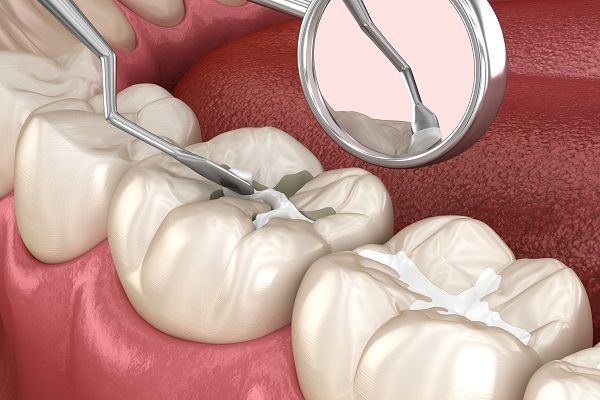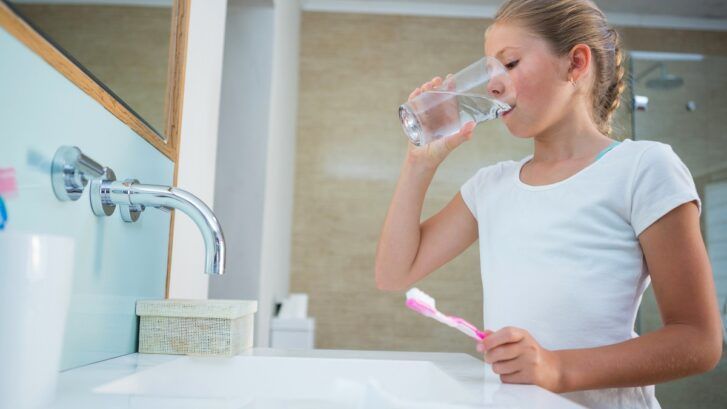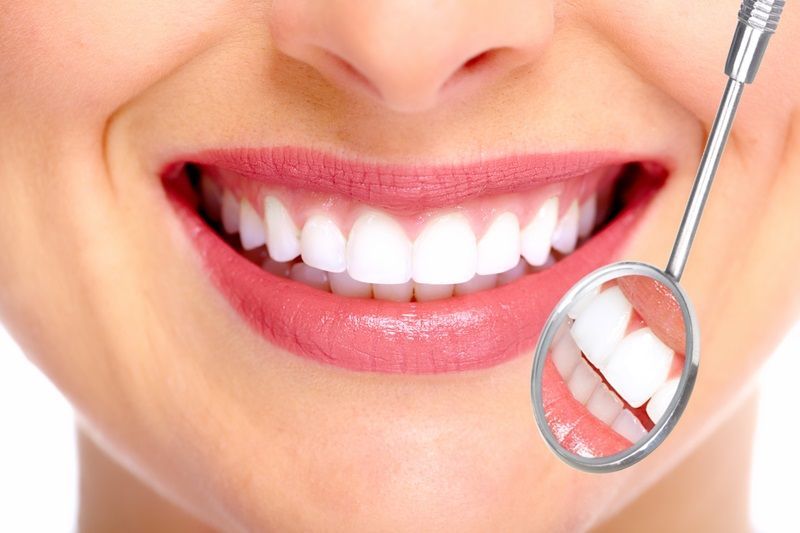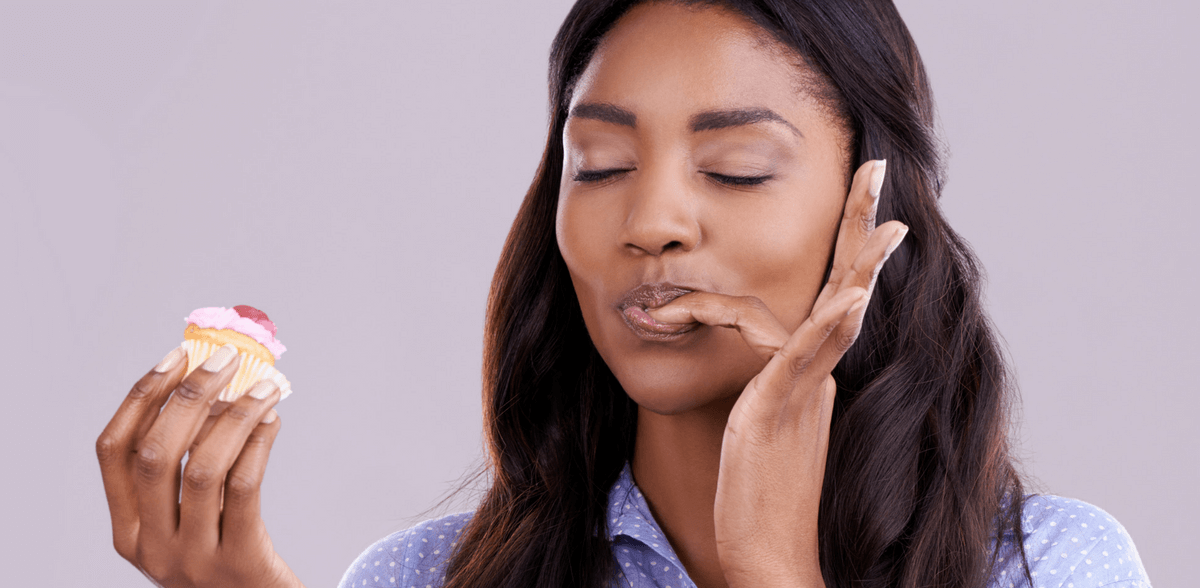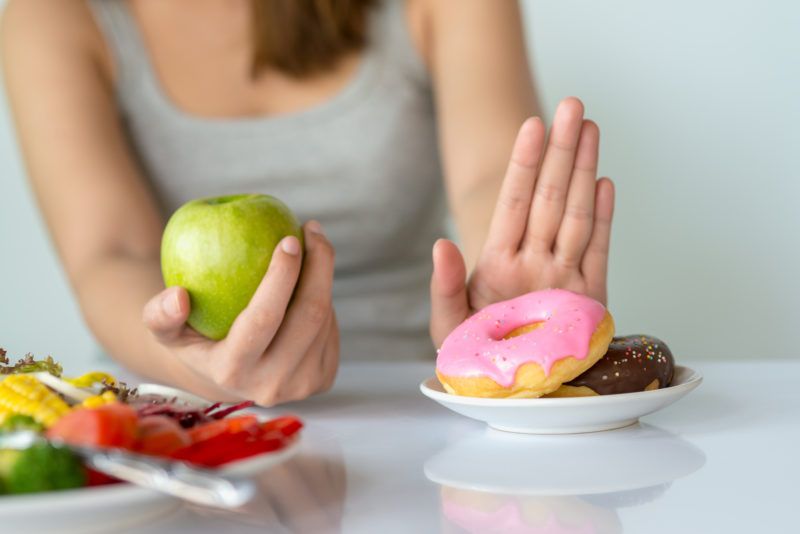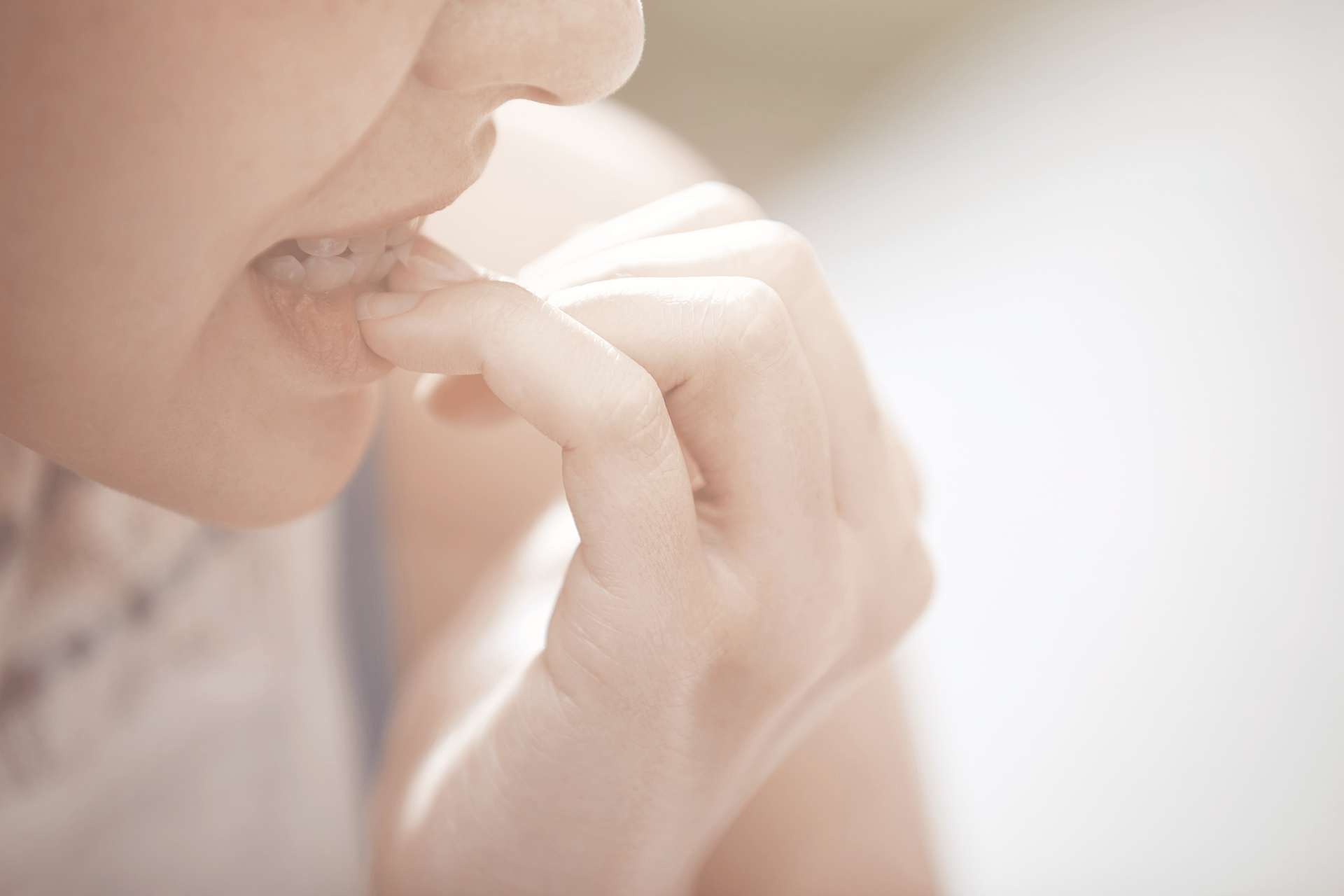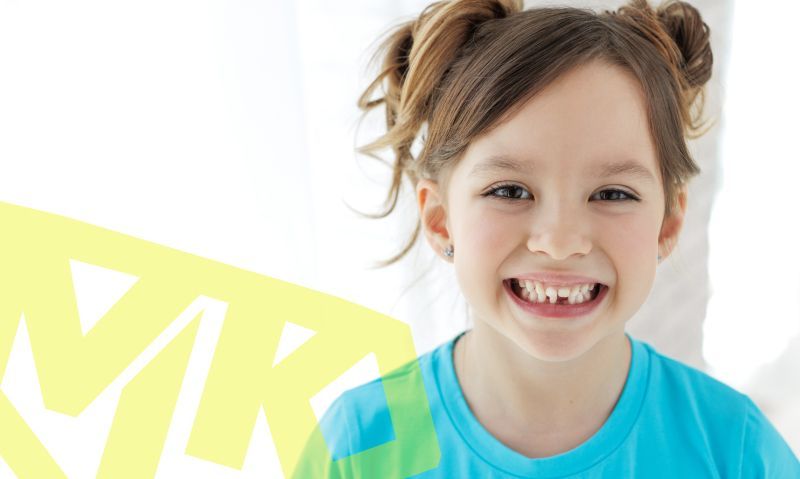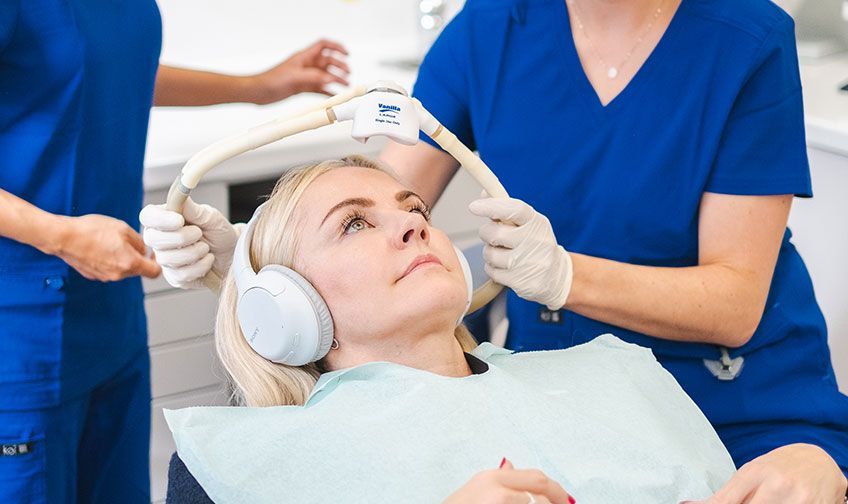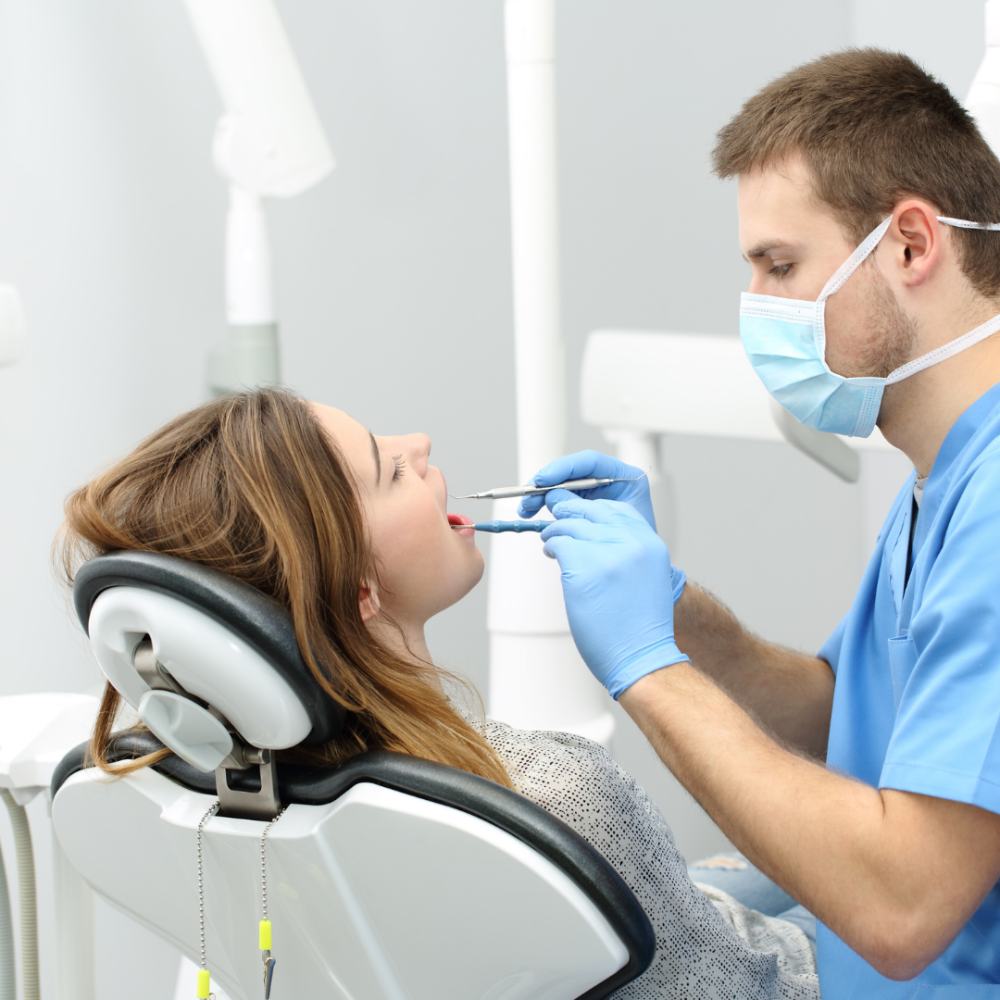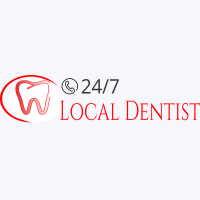One of the most special moments in a child's development is when they get their first tooth. However, throughout these formative years, many parents fail to clean their toddlers' teeth as frequently as they ought to. There are various explanations, but the most blatant is "They're baby teeth and they'll just fall out anyhow," However, it is crucial to brush a toddler's teeth. Let's look more closely at why.
Do Toddlers Need Toothpaste?
Studies from professional health organizations such as the American Dental Association (ADA) and the American Association of Pediatrics (AAP) state very clearly that yes, toddlers benefit from toothpaste. However, opinions vary on how early, how much and what kind of toothpaste is best for a very young child.
Pediatric dentists (children's dentists) used to frequently advise parents of infants to begin using an extremely soft toothbrush designed specifically for babies, or even finger brushing when appropriate, especially for very new teeth or even in the case of having no exposed teeth at all. In this approach, parents might simply use water, a thin layer of toothpaste the size of a grain of rice, or a very gentle touch to clean their children's teeth and gums. Early brushing is helpful because it might teach your baby to not be afraid of the brush.
When Should Toddlers Start Using Toothpaste?
The first question on a new parent’s mind is often “When is the right time to introduce my child to brushing with toothpaste?” Professional opinions on this vary, as noted above, but most agree it can begin as early as the appearance of the first tooth.
Before the recent findings, most dentists recommended starting an infant on fluoride-free toothpaste specifically designed for toddlers. Later, when the child is around two years old, parents could feel comfortable switching them to fluoride-based toothpaste. It was previously recommended that parents use a children’s toothpaste with soothing, pleasant flavors such as fruit or other tastes they are more likely to enjoy.
But the AAP now recommends parents begin the use of fluoride toothpaste earlier than was previously accepted. The AAP suggests that fluoride toothpaste can in fact be used on young children as soon as teeth begin to appear. Because an infant’s first tooth typically “erupts” (or becomes visible) around six months of age, the AAP has a few suggestions on the use of fluoride toothpaste:
One issue to consider, though, before moving your child onto fluoride toothpaste, is the occurrence of fluorosis. This condition results from an excess ingestion of fluoride when permanent teeth are starting to develop. Although it is mostly a cosmetic concerns – which may result in enamel pitting or brown spots in more severe cases – it is generally mild where white flecks may appear on the tooth. It is very important to never overuse fluoride toothpaste during your young child’s brushing.
What Kind of Toothpaste Should a 2-Year-Old Use?
No matter whether you prefer to start your toddler on soft, water-only brushing, children’s (non-fluoridated) toothpaste, or common fluoride toothpaste, it is important to ease your child into an ADA-approved toothpaste when they are old enough for you to feel comfortable doing so.
The ADA approves many brands of toothpaste and they have stringent scientific standards of adherence from manufacturers which may help a parent make this decision, including the following:
In conclusion, to avoid tooth decay and other dental issues, your child needs ongoing treatment at all ages. Starting a child's brushing routine as early as feasible helps lessen dread, enables the youngster to enjoy the taste of a clean mouth, and gets them started on a lifetime of good oral hygiene. According to the adage, "An ounce of prevention is worth a pound of cure." For further information, be sure to speak with your child's dentist. Happy brushing.!
